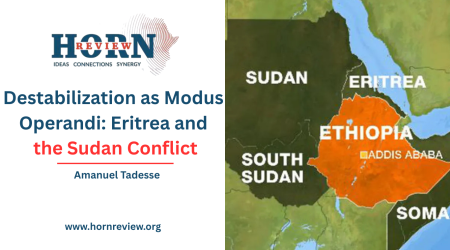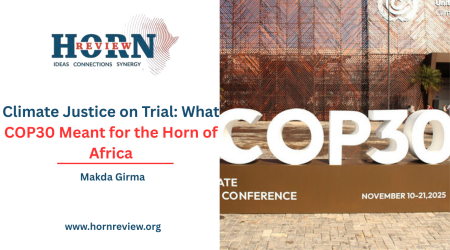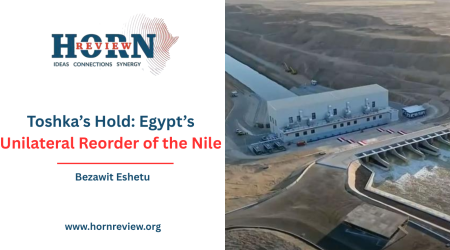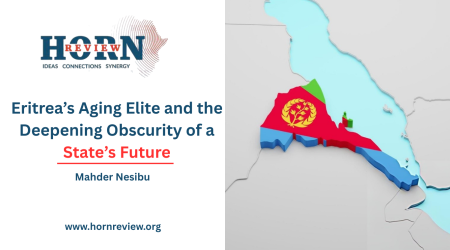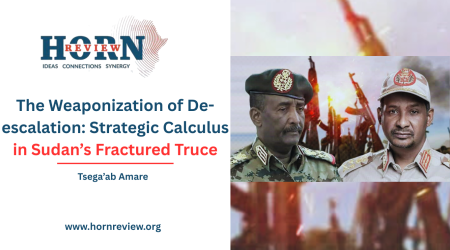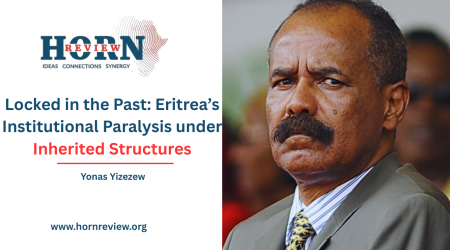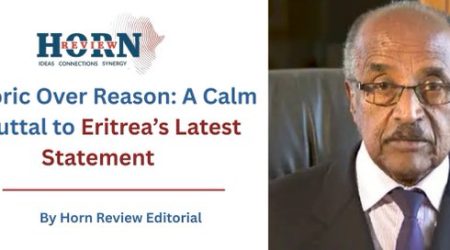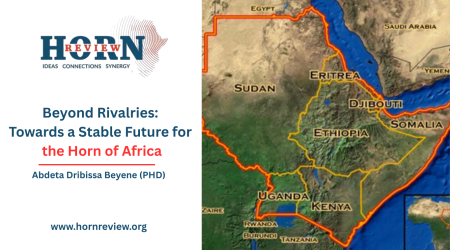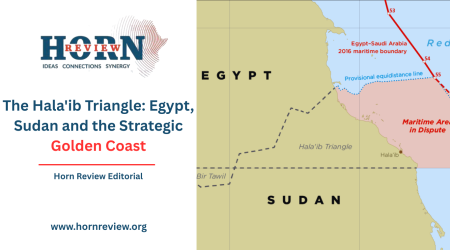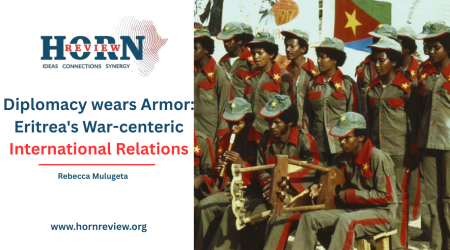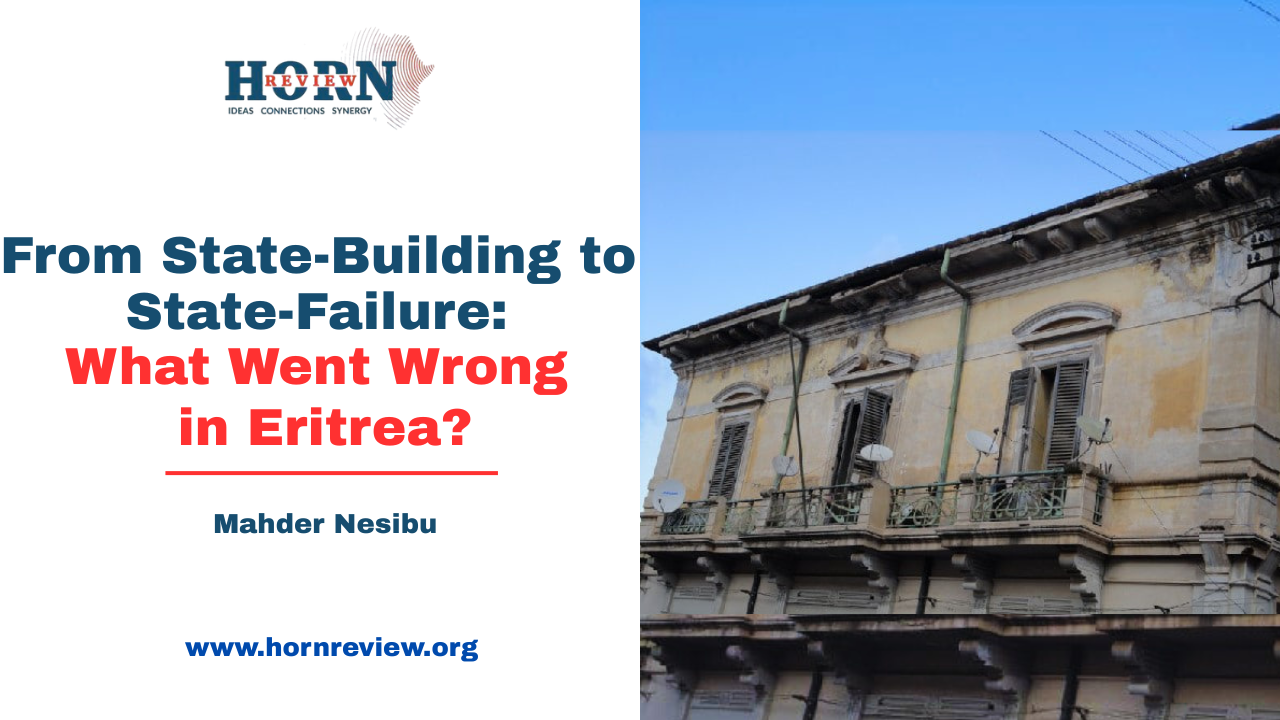
23
Oct
From State-Building to State-Failure: What Went Wrong in Eritrea?
When Eritrea achieved de facto secession in 1991 and formal statehood in 1993, the air was filled with anticipation and confidence. After decades of devastation, many Eritreans believed that their struggle had reached its rightful conclusion. The Eritrean People’s Liberation Front (EPLF), which had long identified Ethiopian domination as the root of Eritrea’s political and economic ills, now stood victorious. With Ethiopian forces expelled and sovereignty secured, the promised vision of dignity, prosperity, and self-reliance appeared attainable.
That moment of triumph, however, marked the beginning of a more complex national crisis. The leadership that had liberated Eritrea through war remained shaped by the conditions of war. The habits of control and ideological uniformity that had sustained the liberation front continued to govern the new state. Governance evolved as a continuation of struggle, and state institutions were designed through a similar lens. The language of independence merged with the rhetoric of vigilance, producing a state unable to distinguish between survival and progress. The People’s Front for Democracy and Justice (PFDJ), successor to the EPLF, preserved the ethos of the liberation front within the structure of the state. Eritrea gradually came to resemble a mobilized camp shaped by the discipline of the struggle rather than by civilian administration. The ideals that once inspired sacrifice were converted into instruments of militarization and control. Compulsory national service was extended indefinitely and an entire generation was absorbed into a culture of obedience and uncertainty. For Eritreans who had fought for liberation, the result resulted not political independence but in civic restriction and social immobility.
The EPLF carried post-war Eritrea with a hardened vision of national life. Its leadership, formed in the crucible of protracted conflict, regarded discipline and endurance as the highest virtues. Having achieved secession through strict control and cohesion, it sought to preserve those same qualities as tools of national consolidation. The notion of the “liberation struggle” remained a continuing reality that defined the identity of the state. In this framework, peace appeared as a space to be managed through preparation for the next confrontation.
This posture produced what may be described as a frontier state, a polity organized around the assumption of perpetual threat. Richard Reid observed that the idea of imminent war, whether real or imagined, functions as a powerful political instrument and a heavy burden on the younger generation. The belief in the rectitude and necessity of arms, deeply embedded in the political culture of the PFDJ, continues to shape policy and perception alike. The persistence of this logic explains the transformation of national institutions into extensions of military practice. The replacement of the University of Asmara with the Sawa training camp is a telling example. Education was redefined as indoctrination, and civic maturity as readiness for service. The youth are expected to internalize national values through discipline rather than through intellectual development. Eritrean citizenship, as conceived by the state, remains inseparable from the logic of mobilization.
The political structure that emerged after secession lacked any transitional or pluralistic orientation. From the outset, the leadership suppressed initiatives that might dilute the centralized authority of the PFDJ. The “Nakfa syndrome,” a mindset derived from the experience of the liberation war, shaped the new government’s outlook. The values of secrecy, ideological conformity, and suspicion of dissent were carried directly into state practice. The PFDJ established a one-party framework that left no institutional space for political competition or civic participation. Decision-making was concentrated in the presidency and a narrow elite that derived legitimacy from wartime credentials. Governance drew its justification from revolutionary duty, and criticism was equated with betrayal. The political language of the struggle was retained, though stripped of its original context, and applied to the management of everyday life.
This continuity of wartime methods into peacetime administration created a rigid and self-referential system. The state became both the instrument and the object of its own struggle. Eritrea’s leaders speak of independence, yet govern through siege. Institutions that could have enabled adaptation and reform were subordinated to the preservation of cohesion and control.
Eritrea’s economic experience reflects the same pattern of control and mobilization. A coherent development strategy never materialized. The state relied on mechanisms of extraction of the country’s resources. The indefinite national service system supplied cheap labour for public projects and party enterprises. The PFDJ’s economic arm monopolized trade, mining, and construction, often through opaque partnerships with foreign firms. The state’s limited fiscal capacity was supplemented by remittances from the diaspora, collected through a mixture of patriotic obligation and administrative pressure. This system produced survival and resistance rather than growth.
The lack of economic diversification and the suppression of private initiative deepened social stagnation. The youth, constrained by the absence of opportunity and the demands of national service, sought escape. The exodus of Eritreans to neighbouring countries and beyond became a defining feature of national life. The human cost of this system, measured in displacement and fragmentation, is now among the most severe in the region.
The generational gap between the veterans of the liberation war and those born after secession has grown into a structural fracture. The older generation continues to interpret Eritrea through the lens of the past, viewing vigilance and sacrifice as enduring duties. The younger generation, raised under conditions of militarization, questions the reality of the Eritrea around them. Their aspirations are social and economic, oriented toward livelihood and opportunities. This divide has weakened the cohesion that once sustained the liberation movement. It has also exposed the limitations of a political culture that equates unity with silence. The state’s emphasis on collective discipline has come at the expense of intellectual openness and social trust. Eritrean society, both within the country and across the diaspora, has been shaped by contradiction: intense attachment to the idea of independence, combined with disillusionment about its lived reality.
The separation from Ethiopia reconfigured the politics of a region without resolving the structural interdependence between the two countries. The relationship that followed was defined by suspicion and hostility. For Eritrea, the “Ethiopian threat” became the principal justification for the maintenance of a militarized state. For Ethiopia, the loss of access to the Red Sea imposed a permanent strategic constraint that continues to influence its regional policy. This mutual insecurity entrenched a politics of fragmentation across the Horn. The rupture between the two countries set a precedent for division instead of integration. Regional initiatives remained hostage to bilateral mistrust, and the economic complementarities that could have supported stability were left undeveloped. The Eritrean–Ethiopian conflict became both a symptom and a cause of the region’s political stagnation.
The Ethiopian–Eritrean problem, formally settled by secession, remains unresolved in substance. Beneath the political separation lies a complex web of historical, cultural, and economic ties that neither side has reconciled. Yet the more immediate crisis is internal to Eritrea itself. The state’s political order, conceived in the language of liberation, has failed to evolve into a system of governance responsive to its citizens. Three decades later, Eritreans are confronted with a question that is both political and moral: what has independence achieved in practice? The ideals that once mobilized a generation have yielded to mechanisms of coercion and control. The legacy of the struggle endures as constraint, shaping every aspect of public and private life. Eritrea’s challenge today is the redefinition of its purpose as a state, and the recovery of political vision beyond the shadow of the liberation era.
By Mahder Nesibu, Researcher, Horn Review

